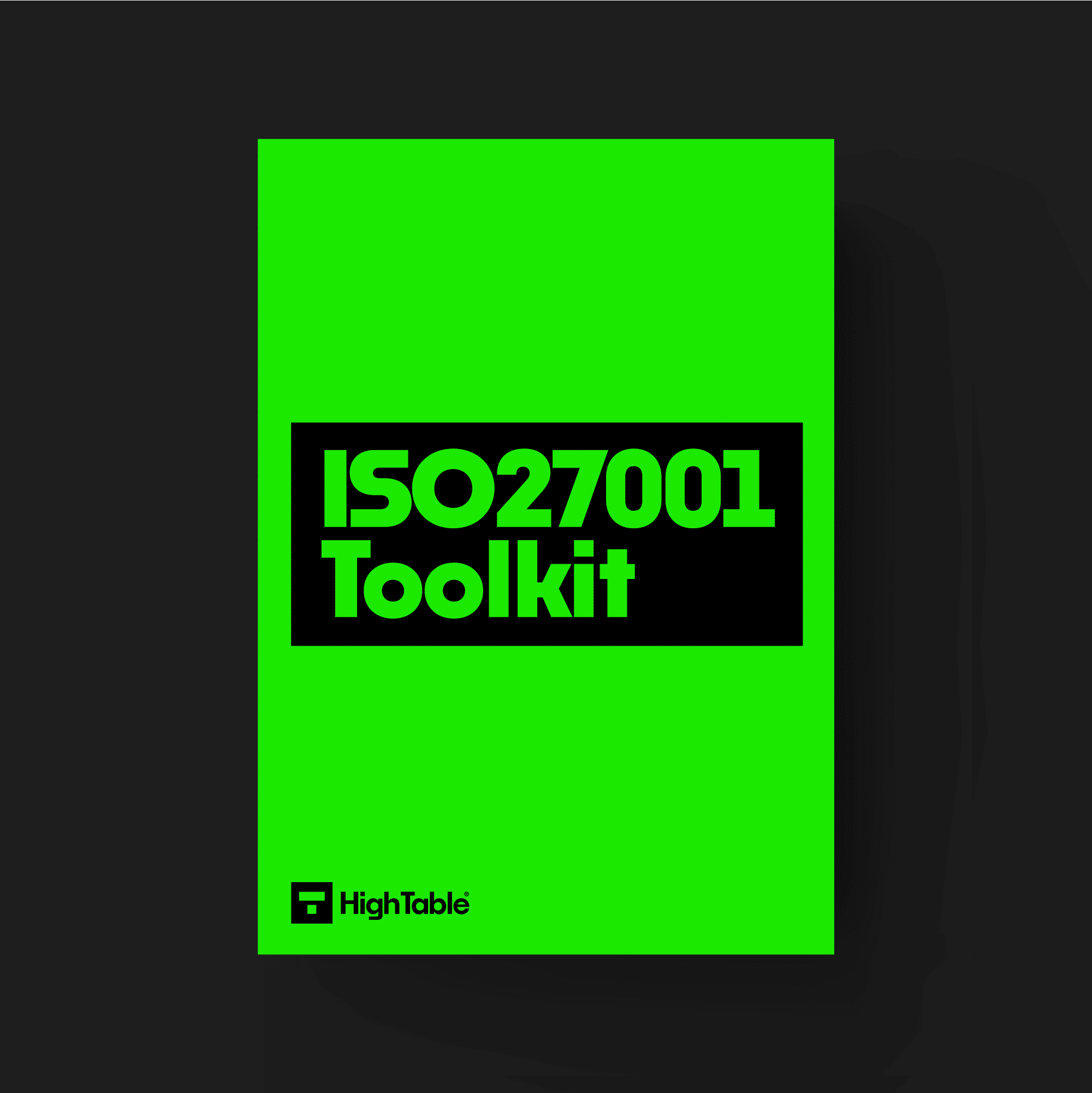The ISO 27001 Clause 4.1 audit checklist is designed to help an ISO 27001 Lead Auditor conduct internal audits and external audits of ISO 27001 Clause 4.1 Understanding the Organisation and Its Context.
The 10 point ISO 27001 audit plan sets out what to audit, the challenges faced and the audit techniques to adopt.
Table of contents
How to audit ISO 27001 Clause 4.1
Time needed: 1 hour and 30 minutes
How to audit ISO 27001 Clause 4.1
- Ensure Interested Parties were identified
Verify that all relevant interested parties (e.g., customers, suppliers, regulators, employees) have been identified and their requirements documented.
Challenge
Organisations may overlook less obvious interested parties or struggle to accurately capture their often-complex requirements.
Audit Technique
Review documentation (e.g., stakeholder registers, legal agreements), conduct interviews with management and staff, and examine meeting minutes. - Check Internal and External Issues were recorded
Ensure that both internal (e.g., culture, resources, knowledge) and external (e.g., legal, technological, market) issues relevant to the ISMS have been considered.
Challenge
Keeping abreast of the dynamic external environment and honestly assessing internal weaknesses can be difficult.
Audit Technique
Examine strategic plans, SWOT analyses, risk assessments, and conduct workshops with relevant personnel. - Understanding the Organisation’s Purpose
Confirm the organisation’s overall purpose and how it relates to the ISMS.
Challenge
The connection between the high-level purpose and the specific security controls might be unclear.
Audit Technique
Review the organisation’s mission statement, business plans, and interview senior management regarding the strategic alignment of the ISMS. - Defining the Scope of the ISMS
Verify that the ISMS scope is clearly defined, documented, and includes all relevant assets and activities.
Challenge
Scope creep can occur, or organisations may unintentionally exclude crucial areas.
Audit Technique
Review the documented scope, conduct site visits, and interview personnel across different departments to ensure alignment. - Considering Dependencies
Check that dependencies on other organisations or systems (e.g., cloud providers, outsourced services) have been identified and their impact on the ISMS considered.
Challenge
Understanding the interconnectedness of systems and the potential risks from third parties can be complex.
Audit Technique
Review contracts with third parties, examine service level agreements, and conduct interviews with IT and procurement staff. - Documenting the Context
Ensure the information gathered about the organisation’s context is documented and kept up-to-date.
Challenge
Maintaining up-to-date documentation in a changing environment can be burdensome.
Audit Technique
Examine the documented information, verify revision control, and conduct interviews to ascertain that the information is actively used. - Impact of the Context on the ISMS
Confirm that the organisation’s context has been used to inform the design and implementation of the ISMS.
Challenge
The link between the context and specific security controls might be weak or missing.
Audit Technique
Review risk assessments, control selection justifications, and interview personnel involved in ISMS development. - Availability of Contextual Information
Verify that the documented information regarding the organisation’s context is readily available to relevant personnel.
Challenge
Information may be stored in disparate locations or not easily accessible.
Audit Technique
Observe information management practices, review document control procedures, and interview staff about access to relevant information. - Regular Review of the Context
Ensure that the organisation’s context is reviewed regularly and updated as needed.
Challenge
Reviews might be infrequent or lack sufficient depth.
Audit Technique
Examine meeting minutes, review the documented review process, and interview management about the frequency and scope of reviews. - Continual Improvement Related to Context
Confirm that insights from the review of the organisation’s context are used to drive continual improvement of the ISMS.
Challenge
Opportunities for improvement might be missed or not acted upon.
Audit Technique
Review management review outputs, examine corrective action records, and interview personnel about how the context informs improvement initiatives.
Further Reading
ISO 27001 Clause 4.1 Understanding the Organisation and Its Context
ISO 27001 Clause 4.1 Implementation Checklist


